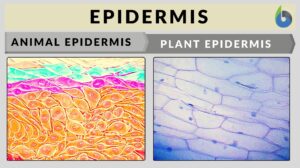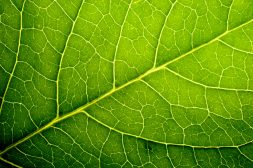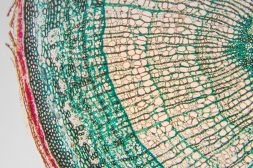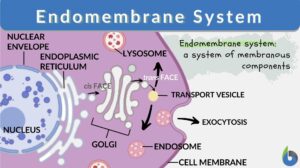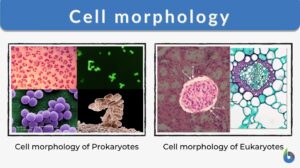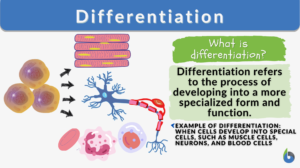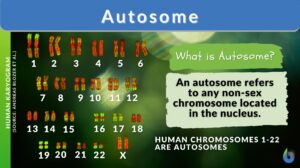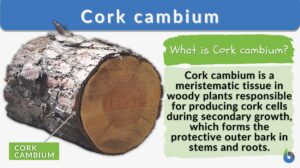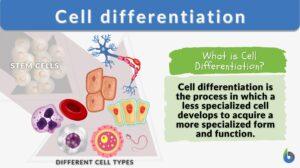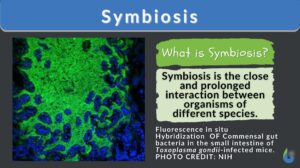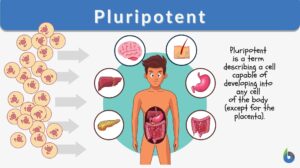Search Results for: epidermal
Plant Tissues
Plants are composed of three major organ groups: roots, stems, and leaves. As we know from other areas of biology, these... Read More
Melanophore
Definition noun, plural: melanophores A type of pigment cell that, in particular, produce and store... Read More
Cornification
Definition noun, plural: cornifications The process of forming a keratinized, horny layer of epidermis cornified,... Read More
Integumentary system
Integumentary System Definition The integumentary system is the outermost layer of the body. The animal body, in... Read More
Melanocyte
Definition noun, plural: melanocytes A type of pigment cell that, in particular, produce melanin, and occurs in the... Read More
Seed Plants
There are two main subdivisions of seed plants—the ones without covered seeds, the gymnosperms, and the ones with covered... Read More
Mesophyll layer
Definition noun, plural: mesophyll layers (botany) The tissue in the interior of a leaf made up of photosynthetic... Read More
Chromatophore
Definition noun, plural: chromatophores A pigment-containing cell or light-reflecting structure, especially found in fish,... Read More
Endomembrane system
Ever wondered how biomolecules are made within the cell and then they are released outside the cell for use by the body?... Read More
Cell morphology
The basic essence for any living organism is its structural framework which includes appearance, form, and the... Read More
Autocrine signaling
Autocrine Signaling Definition What is autocrine signaling? Autocrine signaling is a type of cell signaling wherein a cell... Read More
Fibroepithelial polyp
Definition noun, plural: fibroepithelial polyps A benign, often solitary, rubbery, polypoid outgrowth of epidermal and... Read More
Basal layer
Definition noun (1) The innermost layer of the epidermis made up of basal or germinative cells capable of proliferating by... Read More
Papillary dermis
Definition noun The more superficial layer of the dermis that intertwines with the rete ridges of the epidermis, and is made... Read More
Vascular Plants: Ferns and Relatives
These plants are seedless plants, but unlike the bryophytes, they do have vascular tissue (xylem and phloem). Because of the... Read More
Water in Plants
The movement of molecules, specifically water and any solutes, is vital to understand in light of plant processes. This will... Read More
Differentiation
Differentiation in biology is the process where less specialized cells undergo changes to develop specialized structures and... Read More
Cell adhesion
Cell Adhesion Definition Cell adhesion is the process in which a cell uses a specialized complex of proteins to get... Read More
Cork cambium
Cork Cambium Definition Cork cambium is a secondary meristematic tissue that has a pivotal role in secondary growth in... Read More
Keratinocyte
Definition noun, plural: keratinocytes The predominant type of cell in the epidermal layer of the skin Supplement The skin... Read More
Squamous epithelium
Definition noun, plural: squamous epithelia An epithelial tissue comprised of squamous cells, as seen in epidermis,... Read More
Cell differentiation
Cells are often described as the building blocks of life as they are the smallest unit used to build up organisms. Cells can... Read More
Brevibacillus brevis
Definition noun A motile aerobic ellipsoidal spore forming rod organisms involved in gramicidin production an antimicrobial... Read More
Pluripotent
Pluripotent Definition What is pluripotent? In biology, the term "pluripotent" means capable of developing into... Read More
Hydrophyte
Definition noun, plural: hydrophytes (botany) Any plant adapted to grow wholly or partly submerged in water or wet habitats;... Read More
Turgor pressure
In biology, turgor pressure pertains to the pressure that is exerted by the fluid (e.g. water) against the cell wall. It is... Read More
BIOACCUMULATION
Bioaccumulation - a general term for the accumulation of substances, such as pesticides (ddt is an example), methylmercury,... Read More
